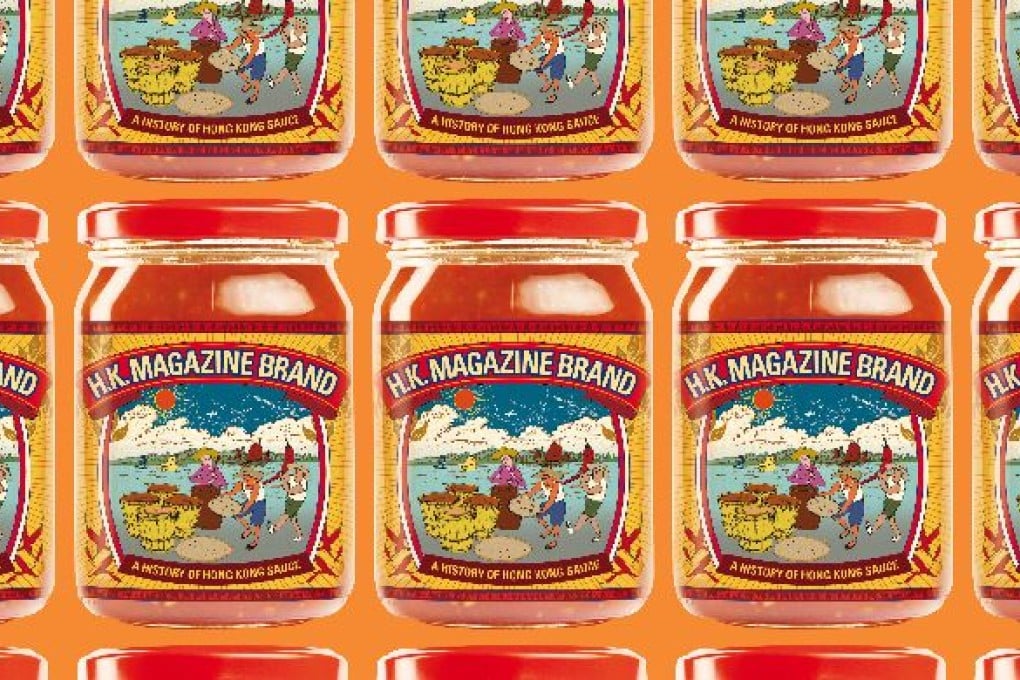A History of Hong Kong Sauce
A drizzle here, a splash there—sauces are the backbone of Hong Kong cuisine. We love ours thick and we love it runny. We dip in sauce, we stir-fry with sauce, we marinate with sauce, we steam, we broil, and we braise with sauce. Sauces are one of the last truly Hong Kong industries—not outsourced to the mainland but proudly, lastingly, Made in Hong Kong.

The Joy of Soy

Established in 1917, Kowloon Soy—or Mei Chun, as the brand is known overseas—is one of the few remaining Hong Kong sauce companies to brew soy sauce with the traditional, age-old method of allowing the the sun to do most of the work. Walk in to their Yuen Long factory, and you’ll find rows and rows of earthen vats sitting out in the open air, with gallons of soybeans—the key ingredient in soy sauce—at various stages of aging.

“Making soy sauce is like cooking soup, but the heat comes from the top instead of from the bottom,” says Ken Wong, the third-generation owner of Kowloon Soy. “The best months for making soy sauce are July and August—that’s when the UV rays are the strongest, and they help break down the amino acids in the soy beans.”
“We source the non-GMO soybeans from Canada, then ferment them indoors for a week,” says Wong. The company used to do this stage in Hong Kong using primitive non-air-conditioned cement units with ventilation slats in the ceiling, but now the whole process is done in high-tech cells in China. “This stage is crucial—and lots of factors need to be controlled, including temperature and humidity inside the room,” he explains. This is also the stage where Kowloon Soy works its magic to ensure the fermented soy paste turns out the way we expect—it’s a stage that is a well-kept company secret. All we know is that salt and wheat flour also gets involved. After a week, the beans are fermented and transported back to Hong Kong for the final stage: drying and further fermentation under the sun. The soybean paste sits and “brews,” separating into a layer of liquid (the soy sauce) and solid mass (the by-product). After about 100 days, the process is complete. The liquid is then bottled and packaged for retail, while the by-product is reused as a base for other sauces.

The earthenware vats Kowloon Soy uses for the drying stage are no longer made—each time one breaks, there’s no replacing it. Wong and his team have been building and using large cement containers that go right into the ground in preparation for the day that the vats all disappear.